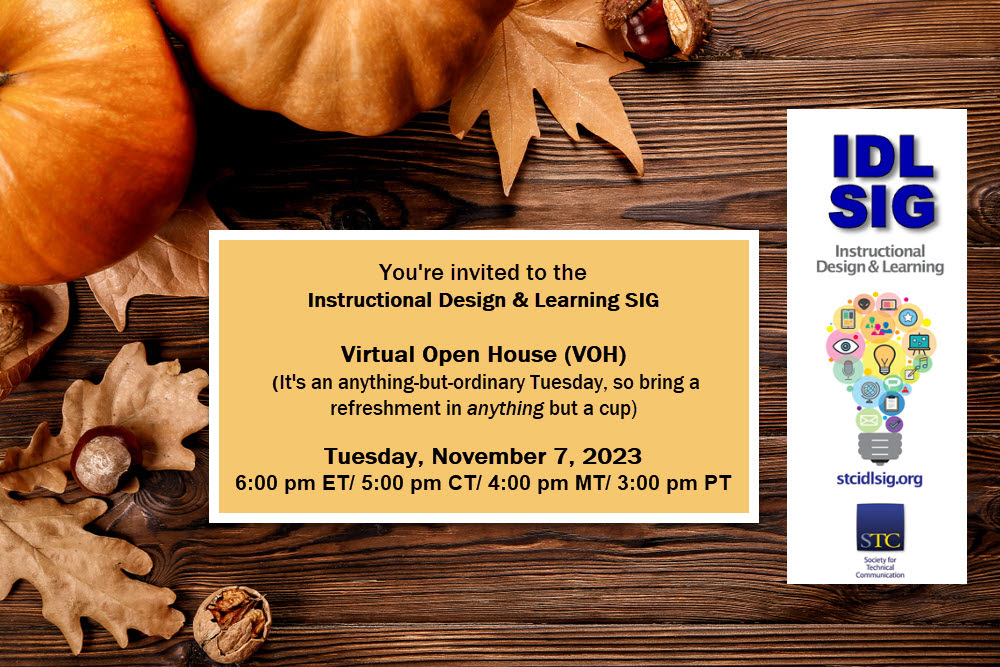By Beth Bailey, PhD, Membership Manager
In today’s interconnected world, individuals are increasingly recognizing the importance of achieving goals as a collective group. As you know, professional, academic, or community-based organizations often offer special interest groups (SIGs) as avenues for members to engage deeply with specific topics or areas of interest within the broader framework of the organization’s mission. Joining such SIGs can be a transformative experience, providing unique opportunities for personal and professional growth, collaboration, and making a tangible impact. Let’s explore why individuals should consider joining an organization’s special interest group.

